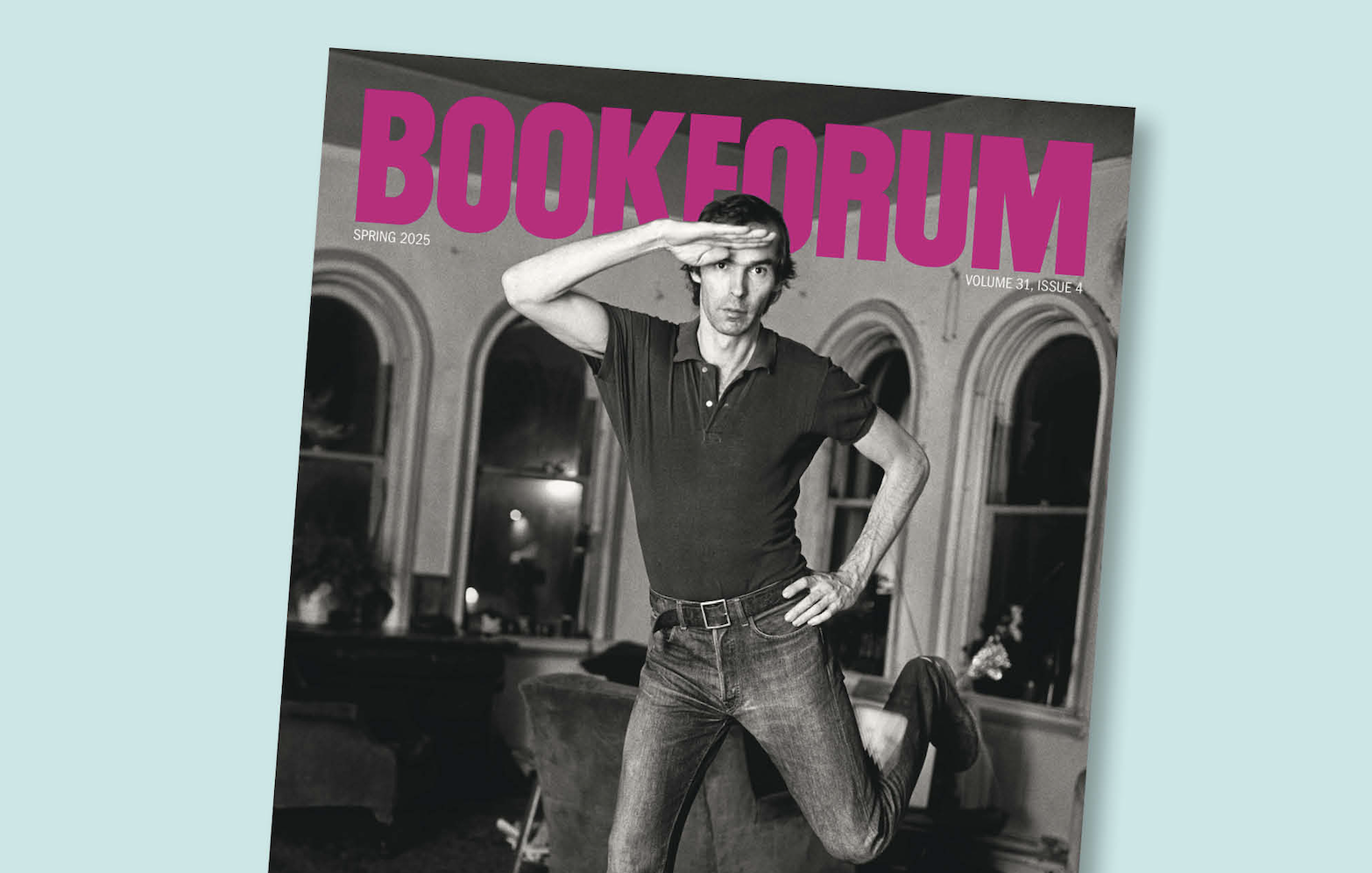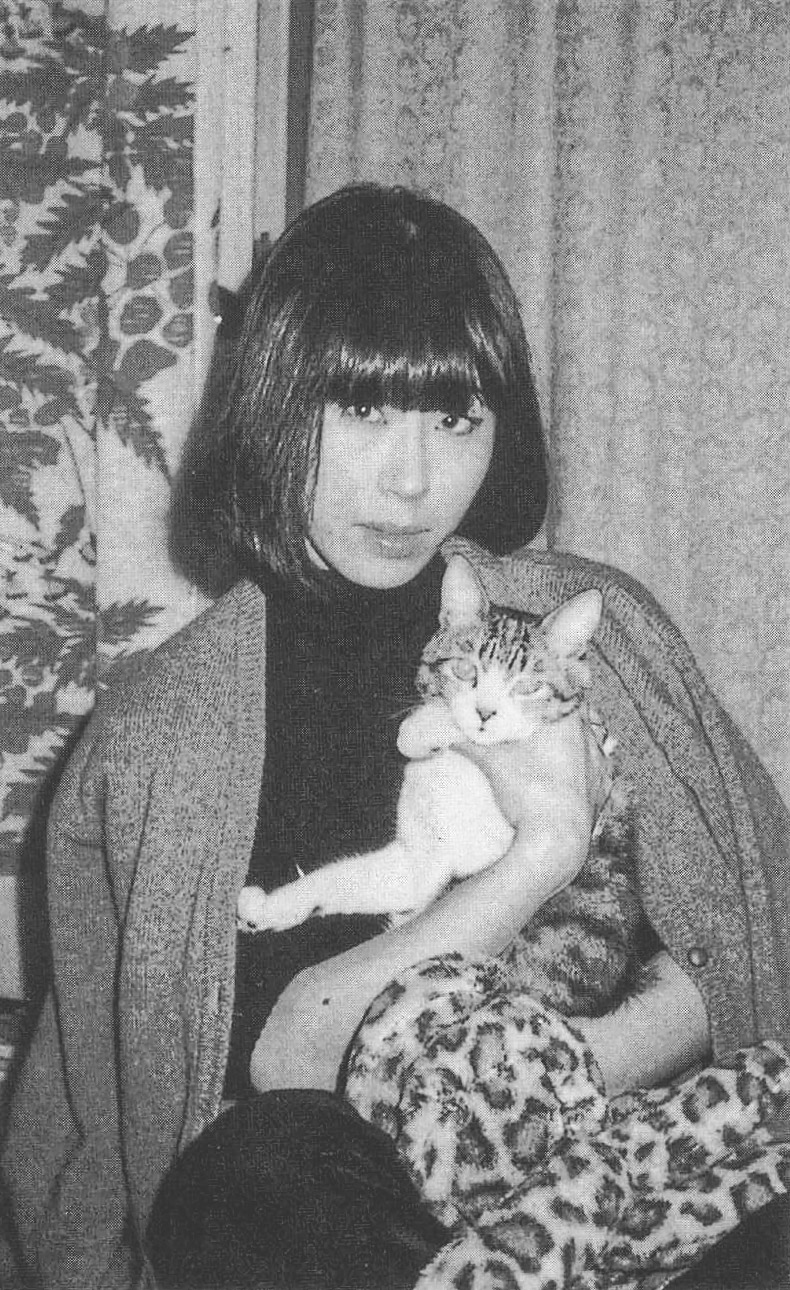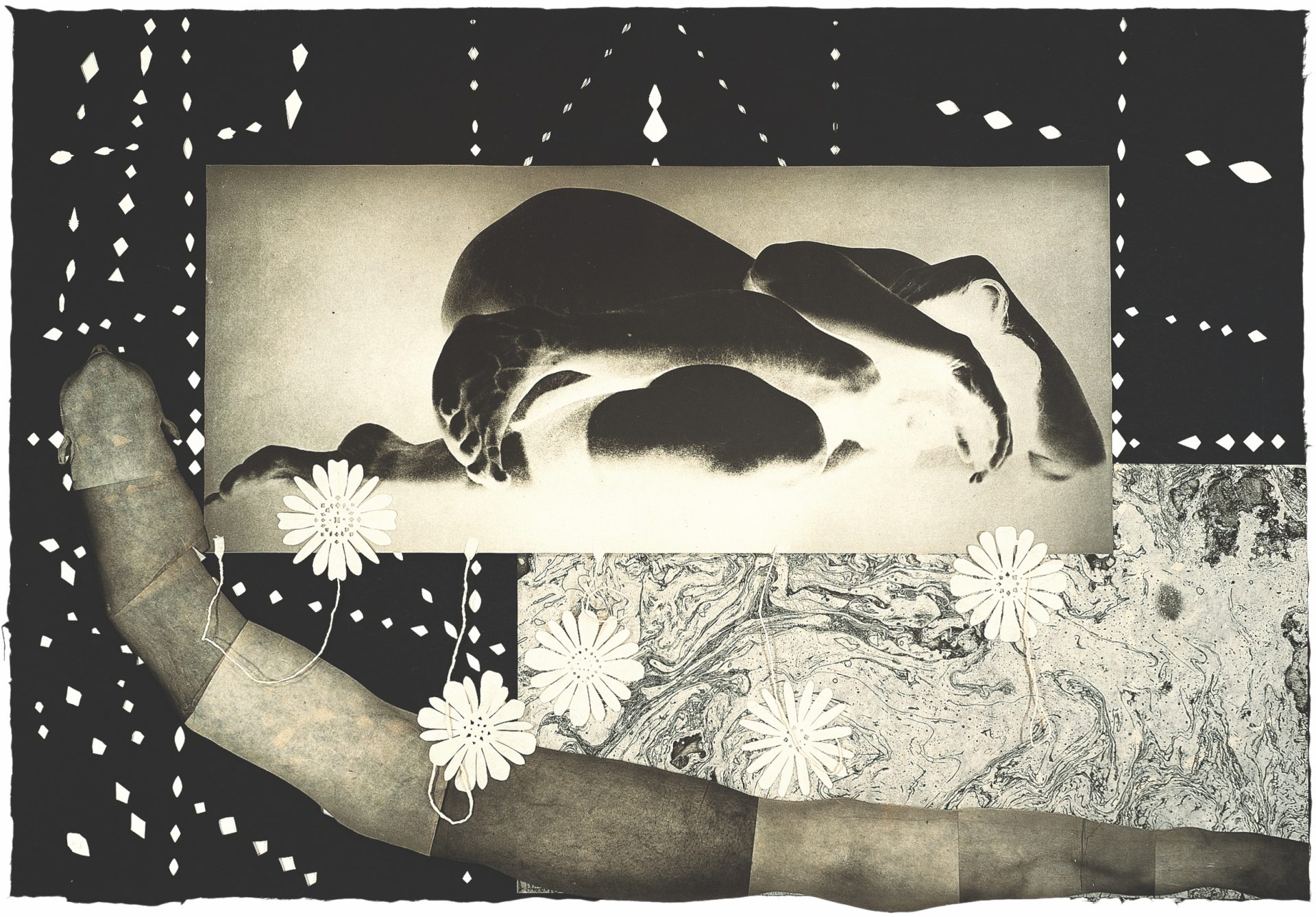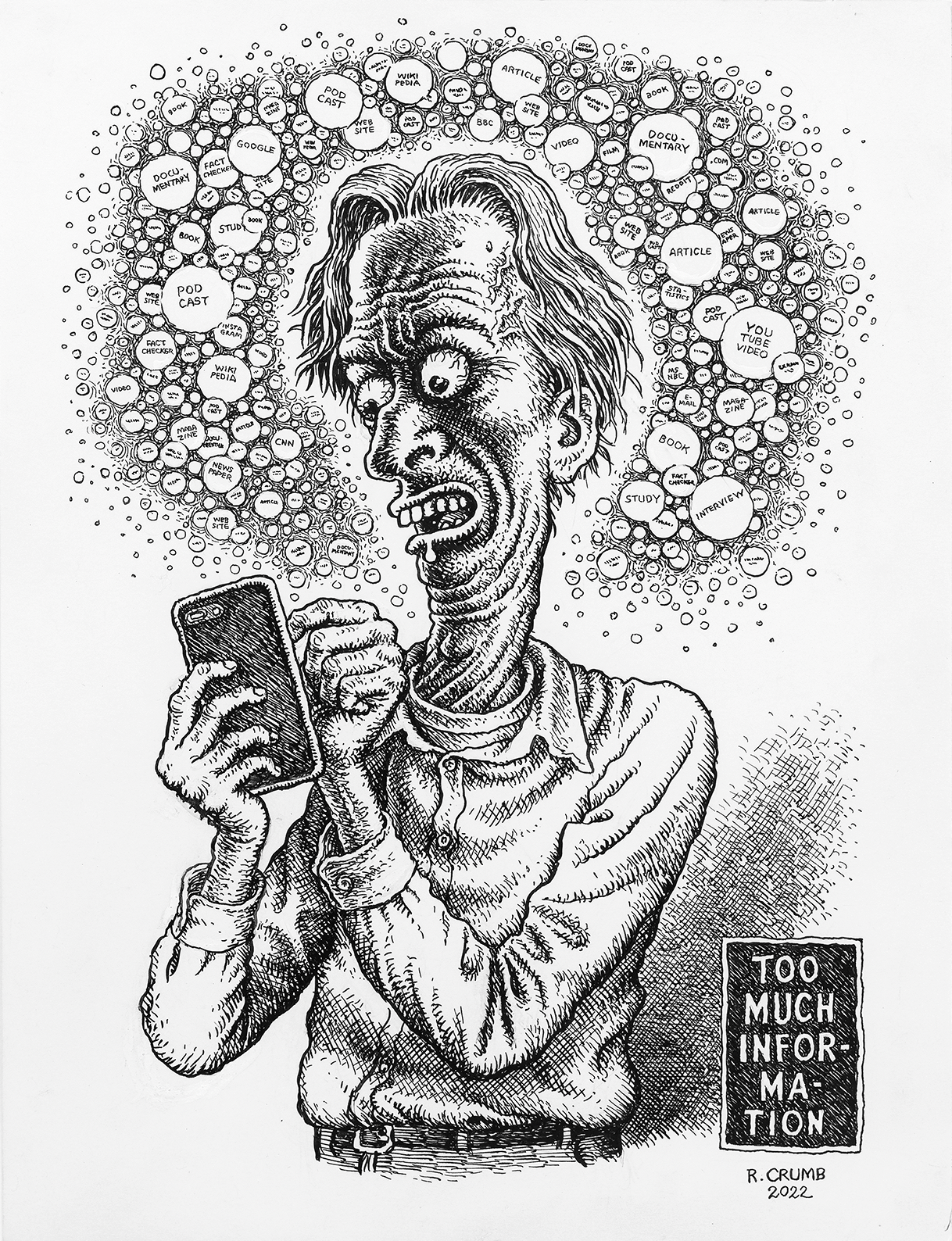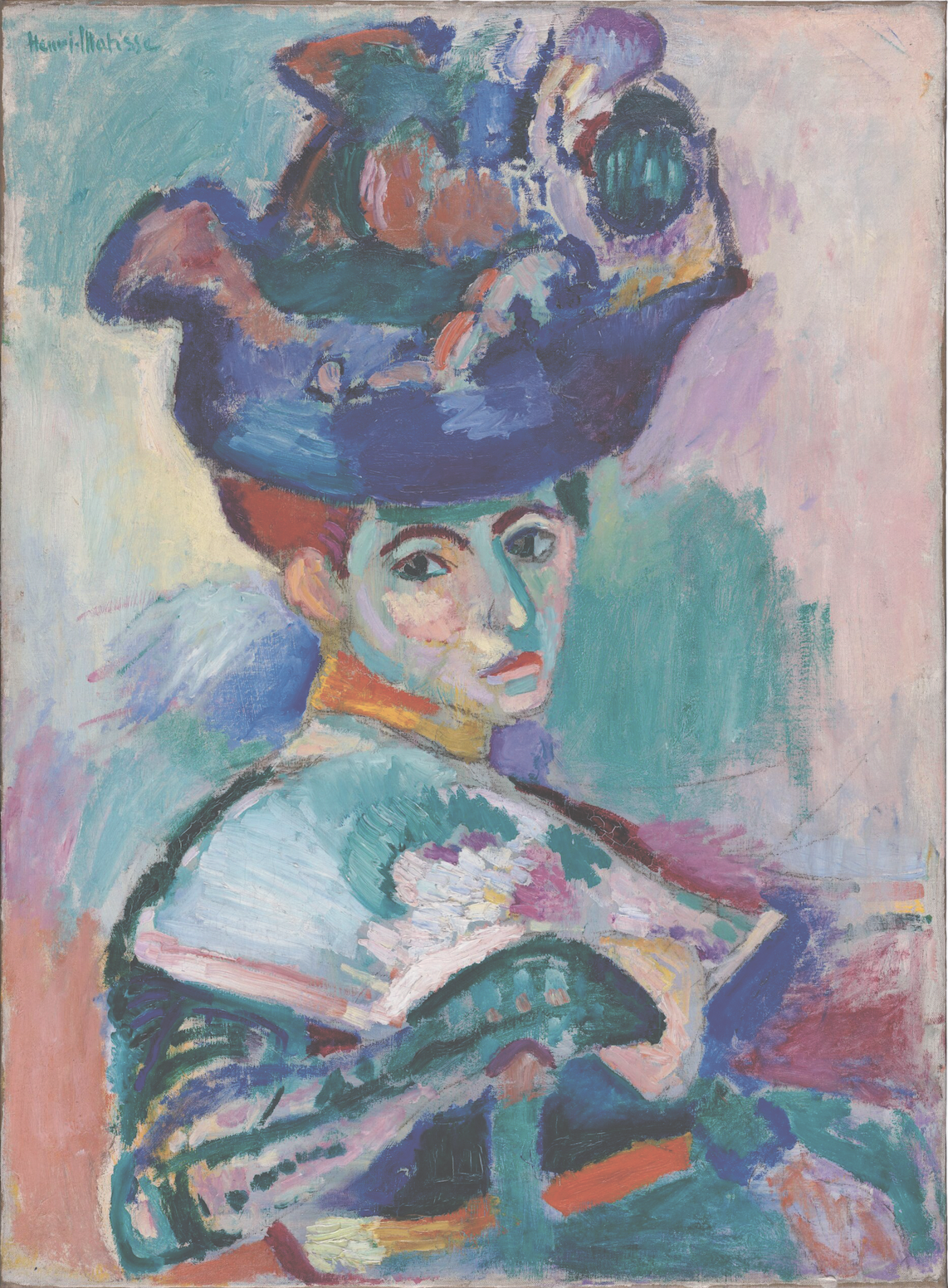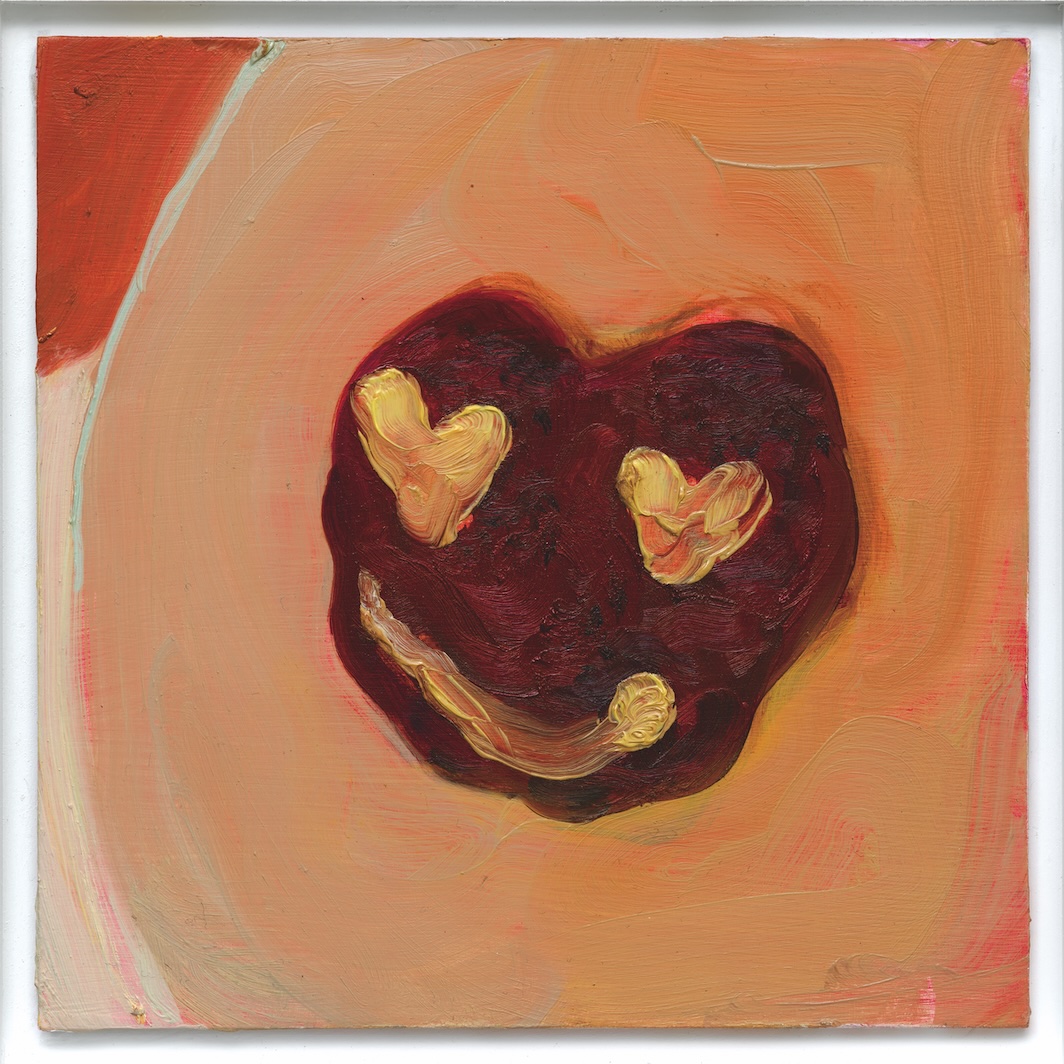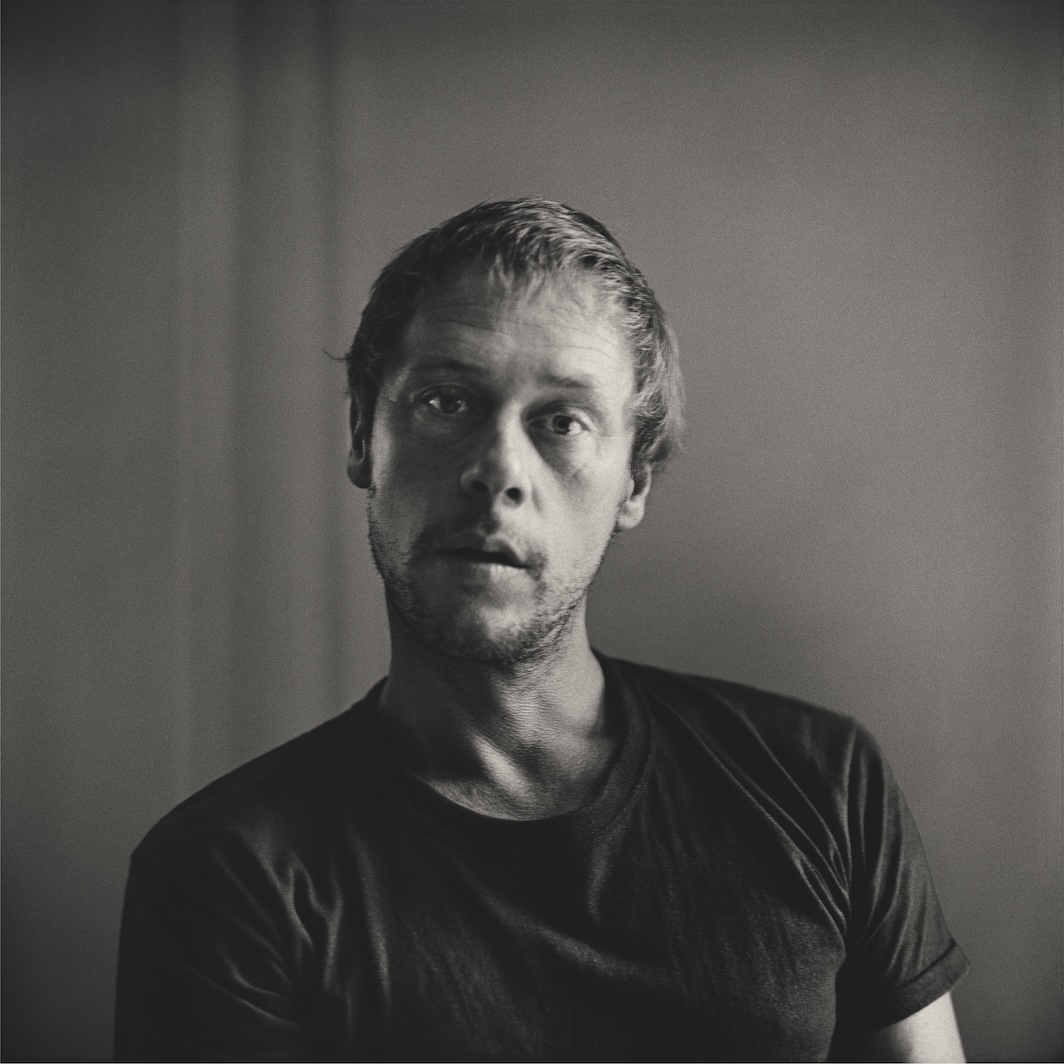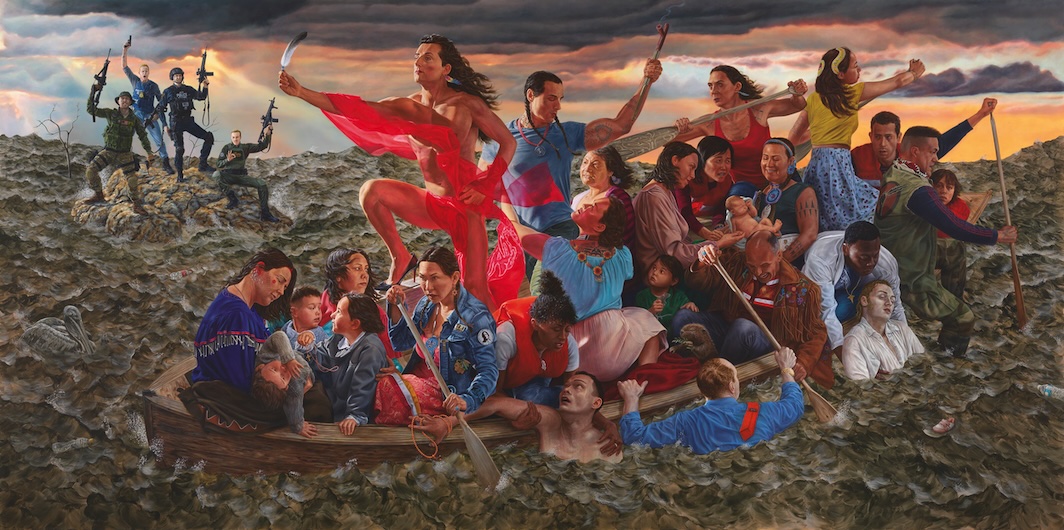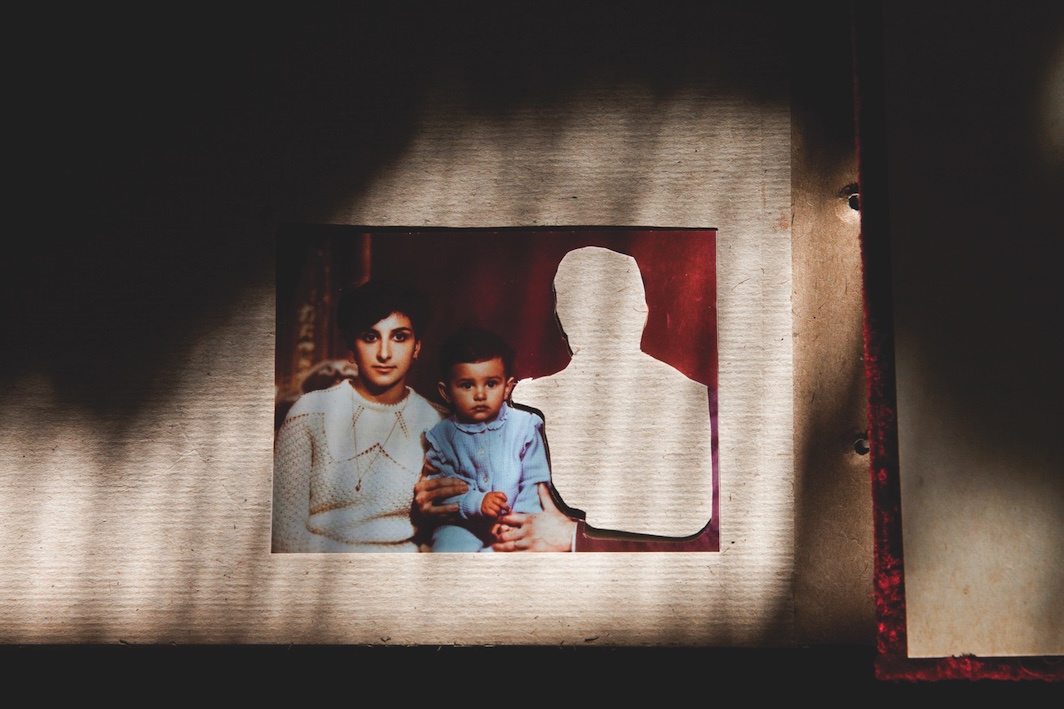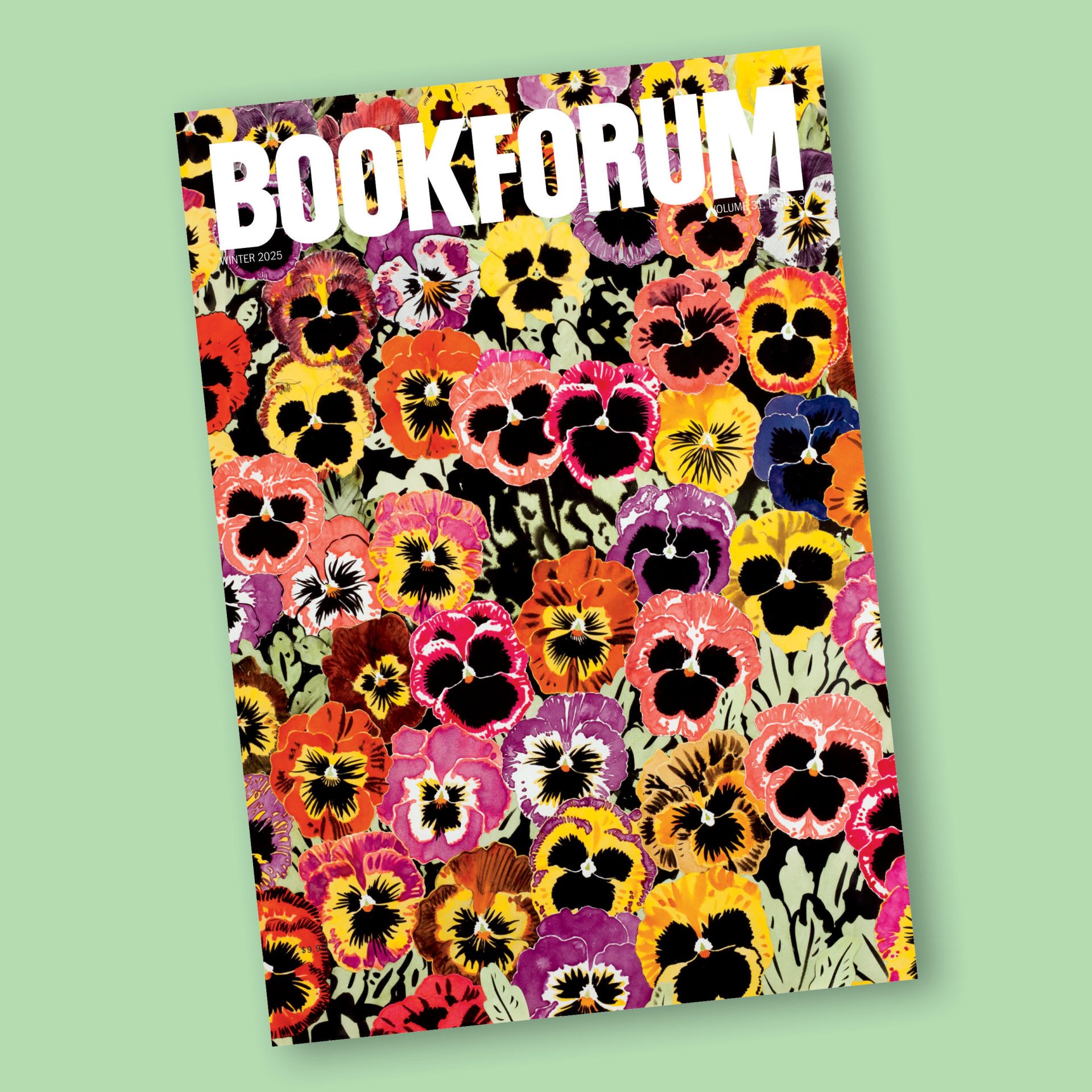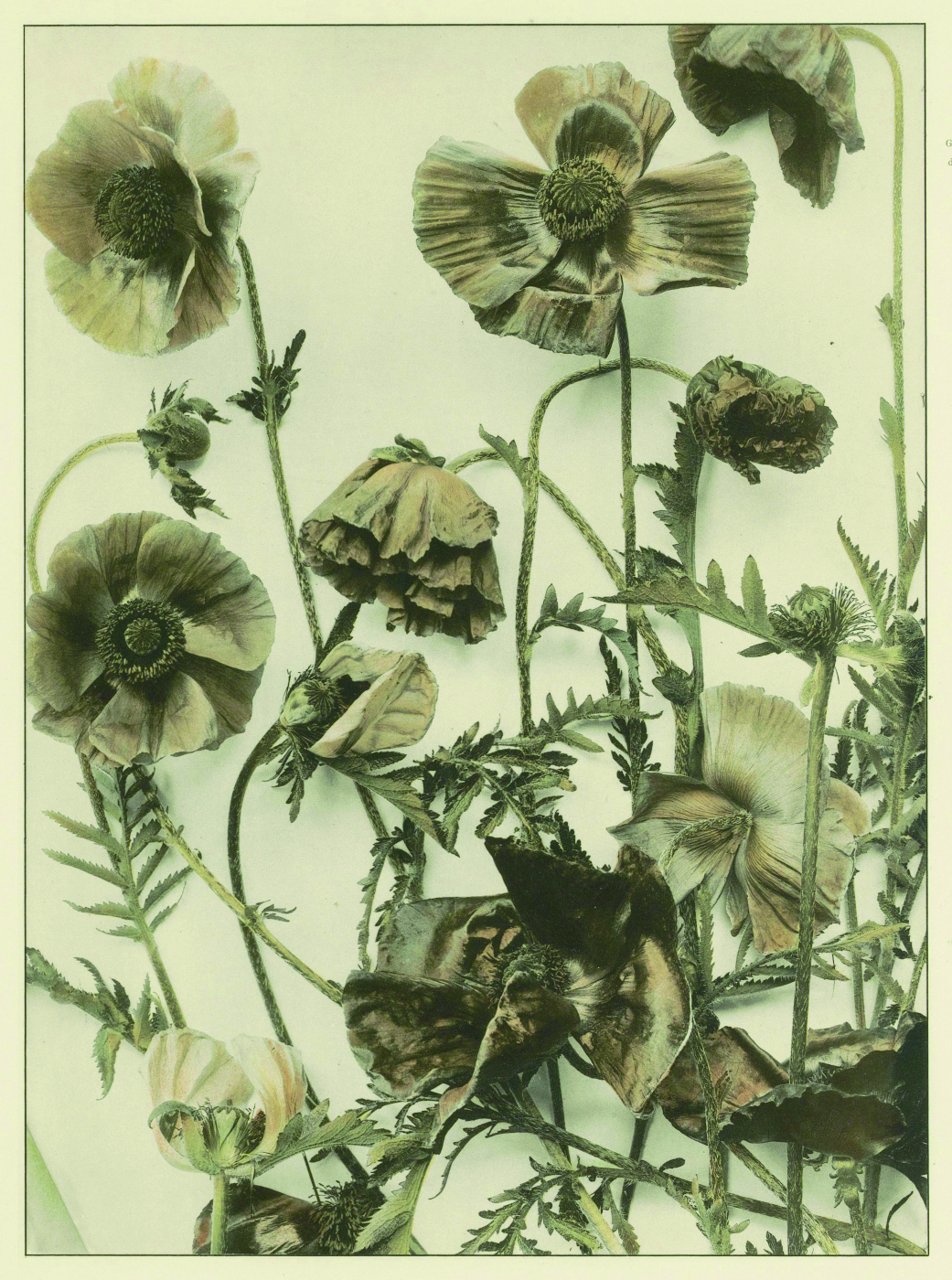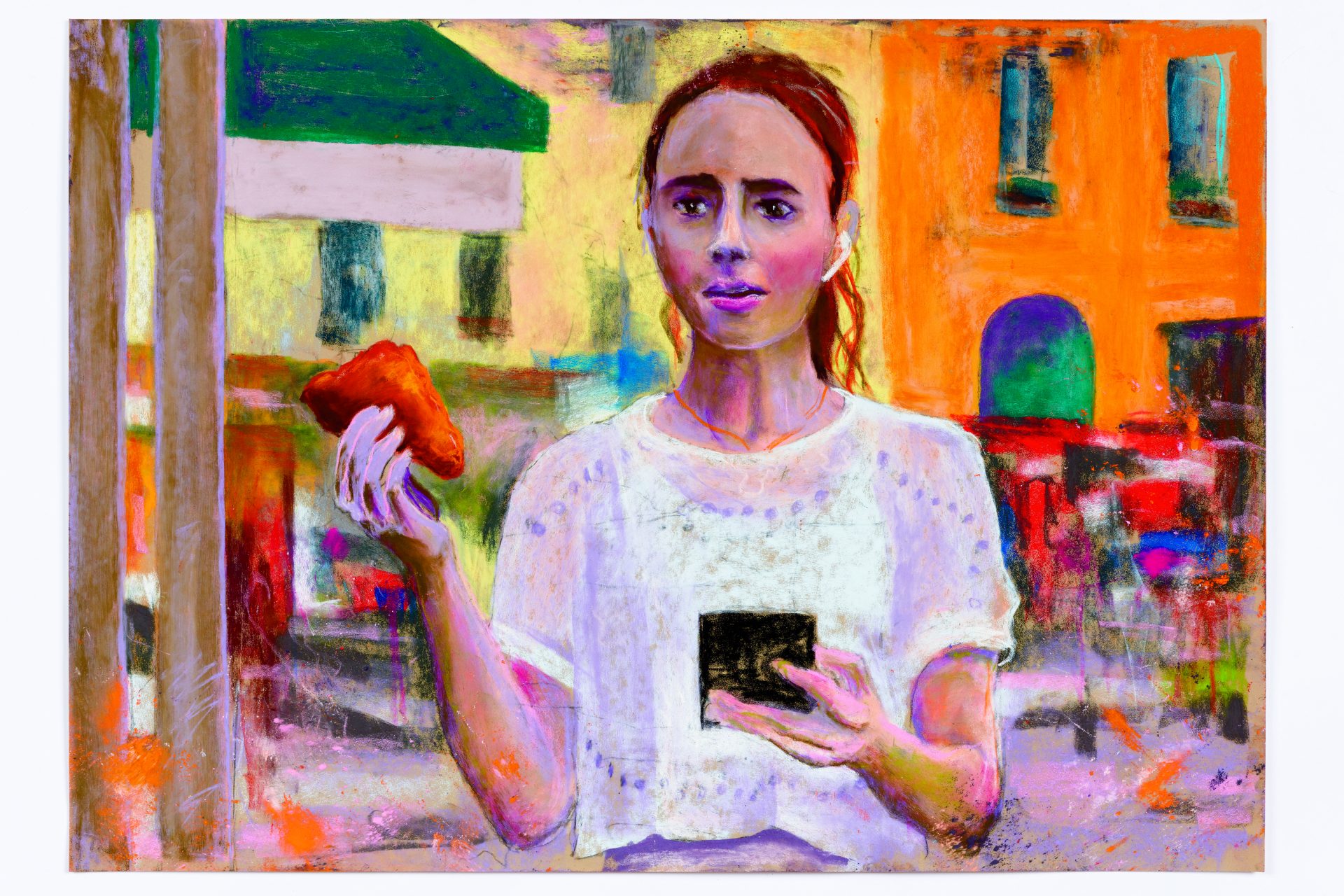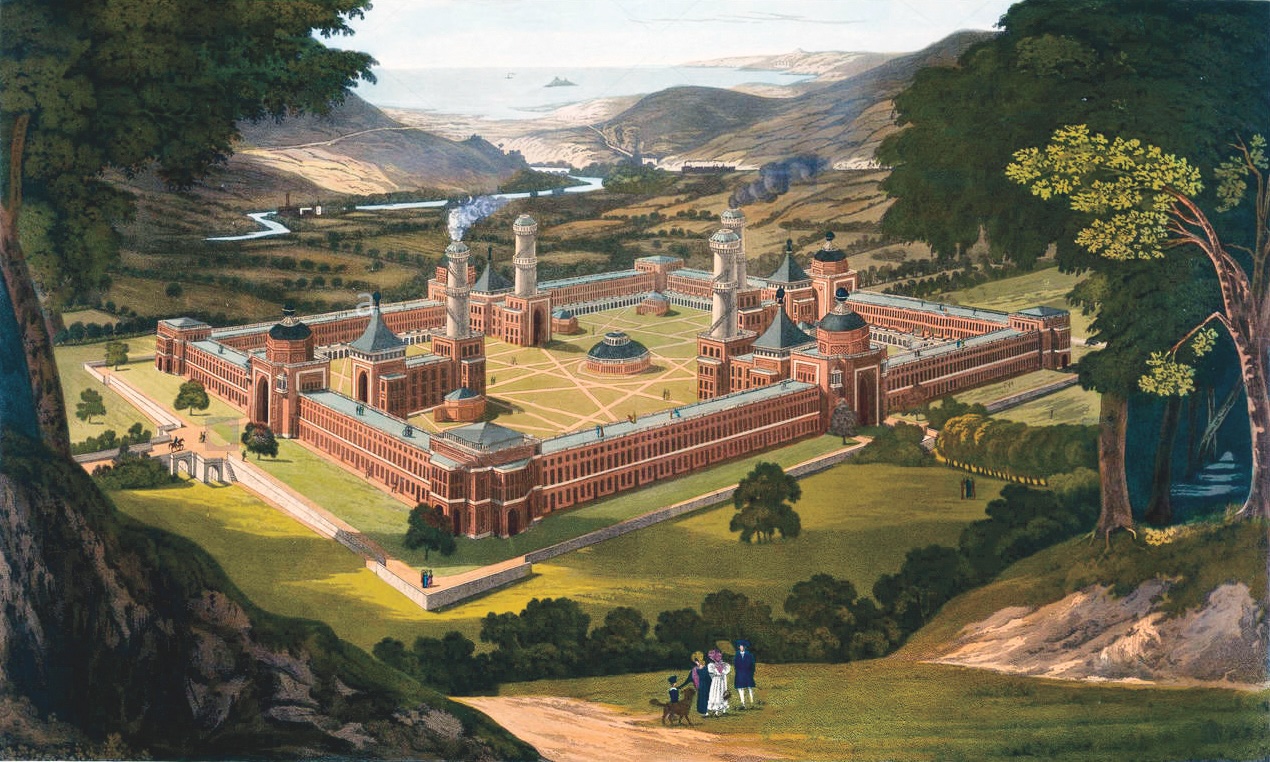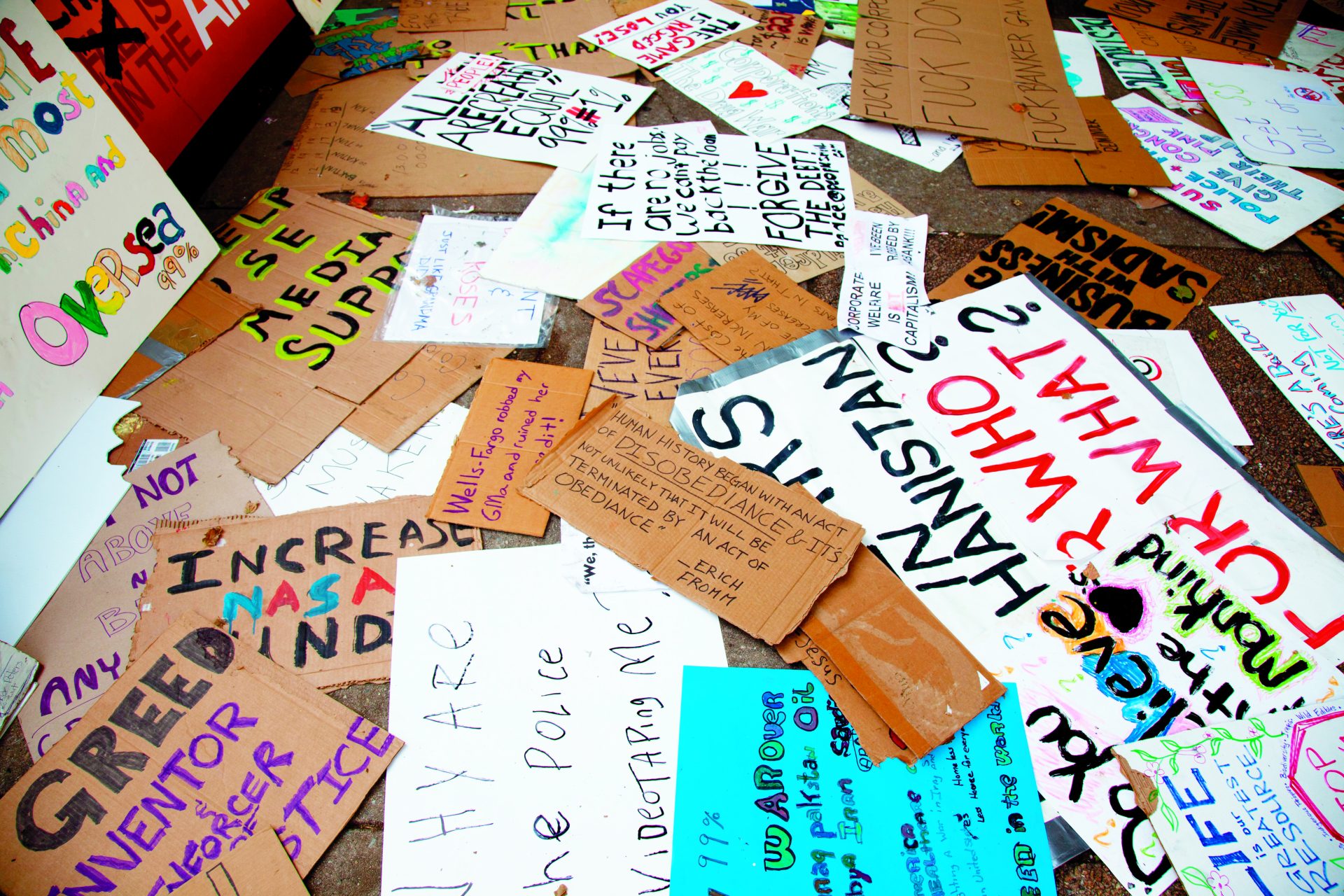The Spring 2025 issue of Bookforum is out now! This edition features Lidija Haas on Shulamith Firestone’s portrayal of life with mental illness; Moira Donegan on Peter Hujar’s photobook Portraits in Life and Death; and Jane Hu on Audition, the final novel in Katie Kitamura’s translation trilogy. Also in the issue: David Velasco talks with […]
- • April 23, 2025
- print • Spring 2025
WHEN SARAH SCHULMAN WALKED INTO MY APARTMENT, a month or so after Artforum magazine fired me in October 2023 for publishing an open letter in support of Palestinian liberation, her first words were, “How can I help?” I think this is the most ethical sentence in the English language. She said it like she meant […]
- print • Spring 2025
WHEN THE WRITER MAYUMI INABA meets Mii, the kitten who will become “the center of her life,” the animal is stuck in a school fence, screaming for rescue in the night air: a “little white dot” deposited there “out of malice or mischief” by a culprit long departed. There is no sign of her mother […]
- print • Spring 2025
IN EICHMANN IN JERUSALEM Hannah Arendt calls the transcript of the SS officer’s police examination “a veritable gold mine for a psychologist—provided he is wise enough to understand that the horrible can be not only ludicrous but outright funny.” The ludicrous is perhaps easy enough to imagine; the humor hinges on Eichmann’s “heroic fight with […]
- print • Spring 2025
There is by now a vibrant and contentious literature on the relationship between political change and mental illness. Does despair breed compliance, or can you fight back harder the less you have to lose? Could a shared cause of psychological suffering become a cause, rallying and even sustaining the sufferers? Must a mind unhinge itself […]
- print • Spring 2025
YOU GOT got into my dreams and changed them into fantasies— The stupor between erotic slapstick and stoic mortification that should subsume anyone sentient after reading the inconclusive, concussive epilogue of Nettie Jones’s 1984 novel Fish Tales tempts you to return, puzzled and undone, to page one, to see if you overlooked the exact pivot […]
- print • Spring 2025
THE R. CRUMB STORY IS an amateur Freudian’s delight—I’m speaking of Freud the mischievous aesthetic theorist/detective, who thought that creativity and perversity share the same origins. Artists are people who’ve figured out how to transform their forbidden urges and fantasies into culture, lauded as heroes because the rest of us are pissed off about having […]
- print • Spring 2025
GUY DEBORD PUBLISHED The Society of the Spectacle in 1967 while shepherding the original Situationist International in Paris, a collective shimmy that tumbled into the protests of May 1968. This era has become a frozen plot point in the Wiki of the left while its theoretical leader remains, somehow, under-consulted. British art historian T. J. […]
- print • Spring 2025
TO DATE, I HAVE SEEN EVERY SEASON of Netflix’s Love Is Blind, a dating series in which attractive, sometimes deeply unhinged people spend ten days speaking to other attractive, sometimes deeply unhinged people through a wall, in the hopes that their inability to see each other will allow them to develop “real” feelings. These “real” […]
- print • Spring 2025
The artist Paul Thek sits with his face half cast in shadow, a look of curious expectation in his eyes. It is one of Peter Hujar’s relatively rare upright portraits: in many of the photographs in Portraits in Life and Death, his 1976 book recently reissued by Liveright, the subjects are reclining, sometimes tucked in […]
- print • Spring 2025
“IT DOESN’T TAKE ME LONG TO REALIZE that no one wants to read this pathemata,” writes Maggie Nelson in her new book, Pathemata. Nelson is not speaking of the book itself, but rather about a document that provides much of its source material: a record she has made of her jaw pain, for the benefit […]
- print • Spring 2025
IN HER RECENT BOOK WAVE OF BLOOD, Ariana Reines states the obvious: “It’s a big mistake to kill someone, one person, one person.” I pause on the word “mistake” there. An odd word: pared down, it means “to badly seize,” to reach out and wrap your fingers around a reality that is incorrect. It describes […]
- print • Spring 2025
“I HAVE A THEORY THAT IT’S EASIER FOR INDIGENOUS PEOPLE to the north of the Canada–US border to imagine a world organized beyond the settler state,” writes the professor Kim TallBear (Dakota) in a recent post on her Substack, Unsettle, because the vast territory and small population to the border’s north make anti-Indigenous racism hyper-visible. […]
- print • Spring 2025
IN THE EARLY 2010S, photographer Diana Markosian traveled to Armenia to meet her father after a separation of more than fifteen years. They hadn’t seen one another since Diana’s mother, Svetlana, took her and her brother from Russia to California when she was seven. “I am Diana, your daughter,” she said. He replied, “Why did […]
- review • February 12, 2025
The Winter 2025 issue of Bookforum is out now! This edition features Audrey Wollen on Joy Williams’s stories of angels, demons, and the fate of humanity; Hermione Hoby on narratives of marriage and its dissolution; Jessi Jezewska Stevens on Ágota Kristóf’s confounding fictions of exile. On the cover is artist and poet Joe Brainard’s 1968 […]
- print • Winter 2025
YEARS AGO, not long after ending a marriage, I was having coffee with two women, new acquaintances, when we discovered that we were all divorced. “Yay!” one cried. “Hot Divorcées Club!” Something shrank and recoiled in me. Why must we be hot? Couldn’t we just be divorced? Plus, what in divorce, a thing about as […]
- print • Winter 2025
IN AN INTERVIEW conducted in 1966, shortly after the opening of a retrospective of his work at the Tate Gallery, Marcel Duchamp makes a strange pronouncement. By that time Duchamp had become an American citizen and was living in New York. His interlocutor, Pierre Cabanne, asks him what he does when he visits Paris. “I […]
- print • Winter 2025
THE WRITER OF TWO COLLECTIONS of poetry, one collection of essays and stories, one massy novel (the recently reissued Miss MacIntosh, My Darling), and one unfinished biography of the turn-of-the-century socialist politician Eugene V. Debs, Marguerite Young (1908–1995) was born near New Harmony, Indiana, the site of two failed utopian communes that would become life-long […]
- print • Winter 2025
ONE OF MY CLOSEST friends in high school was what we called hapa in typical Los Angeles casually racist slang. We had semi-pejorative epithets for every ethnic group and deployed them affectionately and indiscriminately across demographics, our scrappy anthropology. In my friend’s case, she was half-Japanese and half-Yugoslav. Her Yugoslav father had a storied journey […]
- print • Winter 2025
AS A COMPILATION of the late David Graeber’s work, The Ultimate Hidden Truth of the World . . . has several tasks, each of which it executes more fully than one might expect from a posthumous odds and sods collection. Capturing what this rogue anthropologist thought and how he thought is not that easy, as […]
